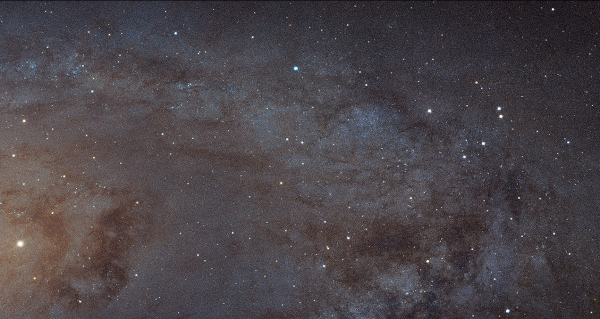“He who would search for pearls must dive below.” -John Dryden
Sometimes falling can be a painful thing, as Ween might sing you in their ominous composition,
but sometimes it can be absolutely wonderful, like when the Hubble space telescope allows you to "fall in" to the closest large galaxy to us: Andromeda.
 Image credit: NASA, ESA, J. Dalcanton, B.F. Williams, and L.C. Johnson (University of Washington), the PHAT team, and R. Gendler.
Image credit: NASA, ESA, J. Dalcanton, B.F. Williams, and L.C. Johnson (University of Washington), the PHAT team, and R. Gendler.
Thanks to the Panchromatic Hubble Andromeda Treasury (PHAT), we can now give you high-resolution glimpses into our nearest neighboring galaxy, see over 100 million individual stars, and obtain resolutions of just 0.6 light years per pixel. And if you look diligently, you just might find something amazing.


Dear Ethan; Regarding your blog 'weekend diversion' of January 11, 2015, the Hubble images of the Andromeda Galaxy. I brought up the link provided at the third line from the end ... "go ahead and check out the whole thing" and looked around at various magnifications. At various spots on the image at around the 10 % and 25 to 30 % magnification on the toolbar at the bottom of the screen, stars appear to be arranged somehow in a uniform grid of squares. It is still detectable on further magnification but is not as easily discerned. What is this? What does it say about what we are looking at? How is this to be interpreted? Thanks. ... Robin.
@Robin, those look like jpeg aliasing artifacts. I think some zoom levels are just compressed too much. A star field is probably just as bad for the jpeg compression algorithm as text is; the cosine transform is fairly bad at representing small scale structure (less than the 8x8 pixel transform window) with high contrast.